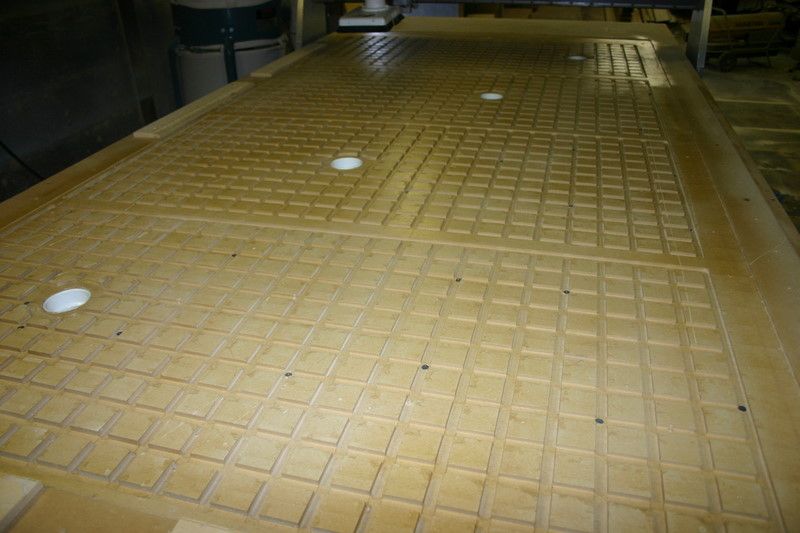Question
I work part-time for a custom millwork shop as a typist. My boss wants me to draw all of his profiles in AutoCAD so they can be used in blueprints. I am signed up to take an 80 hour AutoCAD training course. I have never used AutoCAD and I have absolutely no drafting experience or geometric background. After I have completed the course, I will be given hand drawings of all of the profiles. The profiles are going to be hand traced from the knife templates. I will be given no measurements of any kind - just the drawings. Do you think the AutoCAD training course will give me the information I need to complete this project? Does anyone think the course will be too challenging for me to learn with no drafting background?
Forum Responses
(CAD Forum)
From contributor J:
Well, you will definitely have your plate full. First of all, you have been given an opportunity to move up and even into a new career. If you stick with it and keep learning, you can make a whole lot more money drafting that typing.
You should buy a book on basic geometry and study it. (Lines and tangents and arcs, “Oh, my!”). An 80-hour course will give you a basic understanding of AutoCAD but will not teach you to take a profile traced on paper and draw it in CAD. You will definitely have to learn how to do that by asking a lot of questions of experienced people and using posts like this one.
Also you need to know how to read a ruler or tape measure and learn all the measurements down to 64ths.
When working with profiles you will have to learn several ways of getting the information to input into CAD. One way is to scan the outline and run it through raster to vector software, then import it to CAD, then clean it up and you’re done. Raster files are basically pictures that have no geometry information stored within the file. Vectors files are geometric shapes and the information on how each shape is to be made. This software can cost anywhere from free to thousands of dollars.
Another way is to scan the image and import it to AutoCAD and trace it. This takes a little practice, but as you get better in AutoCAD, you will figure out a system that works for you. Another way is to just measure all the geometry of the outline, and then draw it in AutoCAD.
The AutoCAD class will be great for you. It won't teach you specifically how to create the profiles, but it's a valuable tool for advancing your career. Contributor J is right about needing some geometry. I'd also suggest a basic drafting class. There will be a lot that you won't understand without a basic understanding of drafting.
I create molding profiles all the time. The good news is that it isn't too difficult if you have a scanner. When you have a little AutoCAD under your belt, I'll be happy to walk you through it.
Look on the bright side... If you become good with it, you can always find work as a freelancer. As far as doing shaper knife profile tracing into CAD, there is a dozen different approaches to that. First one would be do not trace. There is a huge library on the internet and I have hundreds of different profiles from various trim vendors in Dwg/Dxf... So why reinvent the wheel? I assure you that 90% of profiles are on the internet for your download and the only thing you might end up doing is skewing and stretching a few of them.
